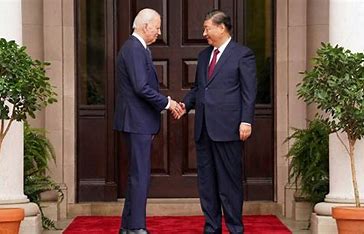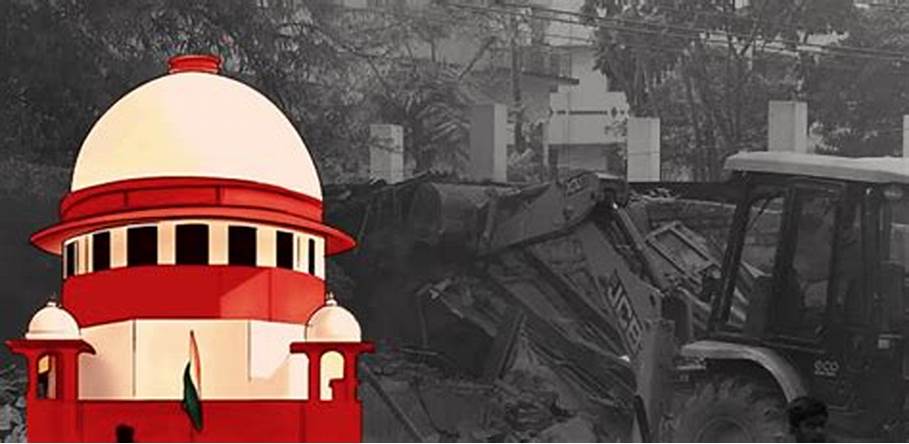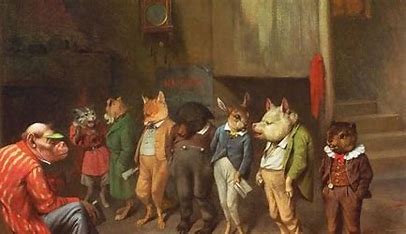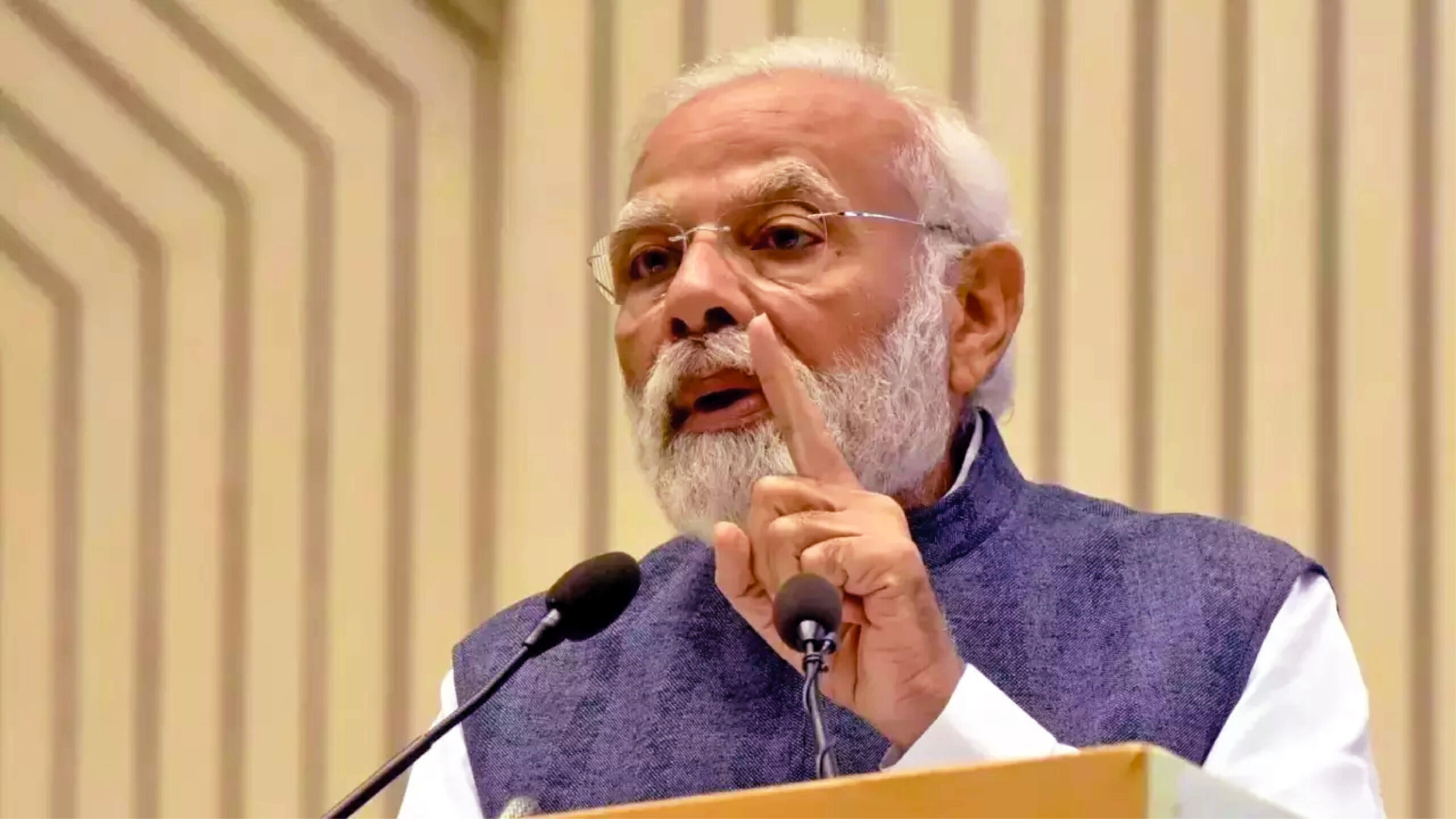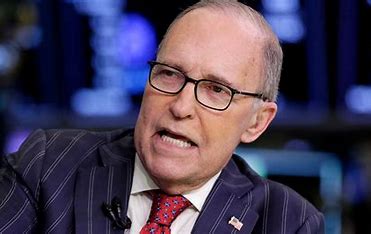
There is only one way to describe the foreign media coverage of the Covid-19 crisis in India—it stinks. It stinks of bias, superiority complex, voyeurism and even racism. It also stinks of lazy journalism, ignorance, and worse, of distortion. As if callous intrusion into the last rites of Indians was not enough by blowing up photographs of burning pyres on front pages of western legacy media, now there are television reporters of international channels marching into ICUs of Indian hospitals with their cameras, feeding off the misery of patients like scavengers, apart from putting lives in danger. Such actions stem from the western sense of superiority, while taking pity and pot-shots at the crisis in a “third world” country. It appears like a barely concealed glee at how they have managed the pandemic better, although the whole world has seen how difficult it has been for the West to bring back even a semblance of normalcy when the first wave of the virus hit them. How their “first world” healthcare system collapsed facing a once-in-a-century onslaught. But no TV camera barged into hospitals violating the patients’ privacy. The coverage was restrained. But since Indian funerals are often in the open and thus easier to photograph using drones, there is this plethora of insensitive images giving the impression of apocalyptic devastation—of hellfire burning—even though on an average the US was facing over 5,000 deaths a day during the height of the crisis, perhaps as much as India’s or worse. This inability, nay, unwillingness to understand a culture that is different has been the hallmark of the Western world, and the media too is reflecting that in a much magnified manner.
Also the current crisis is a validation of their belief that a “poor” country like India does not deserve a place on the global high table. This is reflected in almost every report that is done about India, be it about its space program or its industry, everything comes with a caveat—“and this even though it’s a dirt-poor country which is divided along caste lines”. For them India could be a banana republic, and it’s a miracle that it has not yet broken up into pieces.
Of course, the question is how much of this reportage stems from bias and how much of it is “inspired” by interests inimical to India, or maybe it is a combination of both. It definitely helps certain countries if they can show India as unfit to receive large-scale foreign investments, or become a key alternative to China as a manufacturing base. In fact, reports suggest that the Chinese media is deriving vicarious pleasure from India’s current troubles and what is happening in the western media space is an amplification of that narrative as well. Moreover, serious questions need to be asked to the western media about their reticence to call China out for the monster it has unleashed on the world. Why describing Covid-19 as the “Chinese virus” is considered racist, but not calling out the “Indian strain” or the “South African strain”? Why does Western legacy media refuse to probe what exactly China did in Wuhan, why is there unwillingness to question WHO for the way it kowtows to China? Why is it that Indian Prime Minister can be hauled over coal by the western media, but not the Chinese President? From the coverage that the Indian Prime Minister gets, it’s almost as if he is a tyrannical despot, and not a leader democratically elected by hundreds of millions of voters—a Prime Minister who is accountable to his people. Legitimate criticism is a must as else course correction does not happen, but in this case the targeting reeks of political bias—a one-sided rant often devoid of facts. How did Xi Jinping escape such a scrutiny even after unleashing the virus on the world? Is there more to it than meets the eye? India is wondering.
